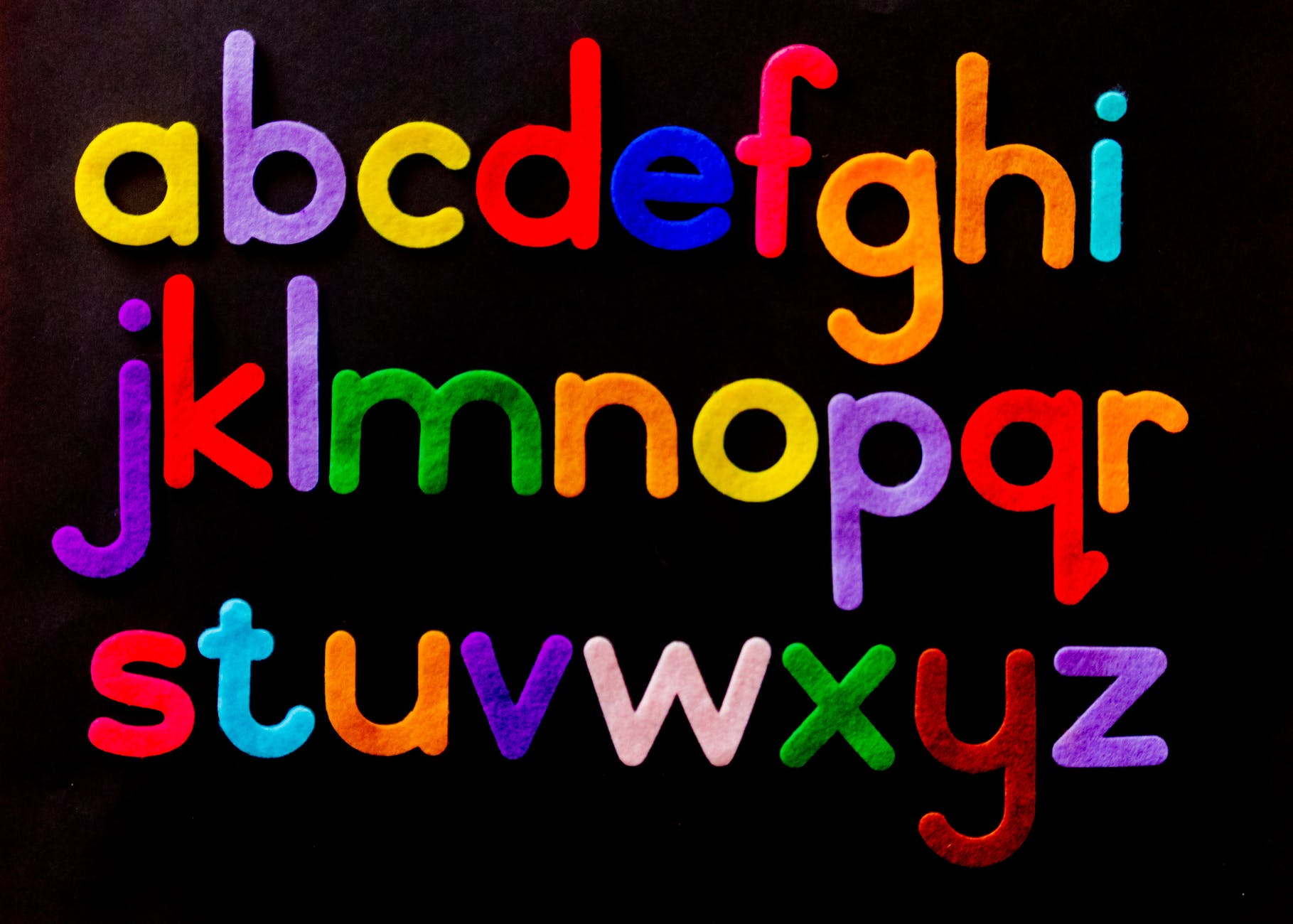Fonts are the artwork that appears on your computer screen or in printed materials. They can be used to create a unique look for your website or document. There are thousands of different fonts available, and choosing the right one can be a challenge.

Benefits of organizing your fonts:
- You can easily find the right font for your project.
- You can save time by not having to search through hundreds of fonts.
- Your computer will run faster and be more efficient if your fonts are organized.
- You can avoid font conflicts, which can cause problems with your documents or website.
- You can free up space on your hard drive by deleting unused fonts.
- Organizing your fonts will make you look more professional.
There are several ways to organize your fonts, and the best method depends on your needs and preferences.
If you’re a graphic designer, web developer, or anyone who works with fonts regularly, it’s important to have a system for managing and organizing your fonts. Here are six tips for doing just that:
1. Choose a font management tool
There are many different font manager tools available like Fontcloud, both free and paid. Choosing the right one for you will depend on your needs and preferences. Some popular options include FontExplorer X Pro, Suitcase Fusion, and FontLab Studio.
2. Group fonts by categories
Grouping fonts by categories can help you stay organized and find fonts quickly. For example, you might have a category for web fonts, another for print fonts, and a third for script fonts.
3. Create font collections
Creating font collections can help you keep track of specific fonts that you need for a project. This can be especially helpful if you have a large collection of fonts. Collections can be sorted by typeface, foundry, or any other criteria that makes sense to you.
4. Use tags to organize and find fonts quickly
Tags are a great way to organize fonts based on what they are used for or how they make you feel. You can use any combination of tags that works best for you. Some popular tag combinations include “handwritten,” “vintage,” and “bold.”
5. Preview fonts before installing them
Previewing fonts before installing them can help you avoid installing unwanted or incompatible fonts. Most font management tools have a preview function that allows you to see how the font will look in different applications.
6. Backup your fonts regularly
Backups are essential for any type of software, including font management tools. Backing up your fonts regularly will help ensure that you always have access to your favorite typefaces no matter what happens to your computer or software.
Conclusion
Organizing your fonts doesn’t have to be difficult or time-consuming. By using a font management tool and following these tips, you can keep your fonts organized and easy to find. Do you have any other tips for managing fonts? Share them in the comments below!

